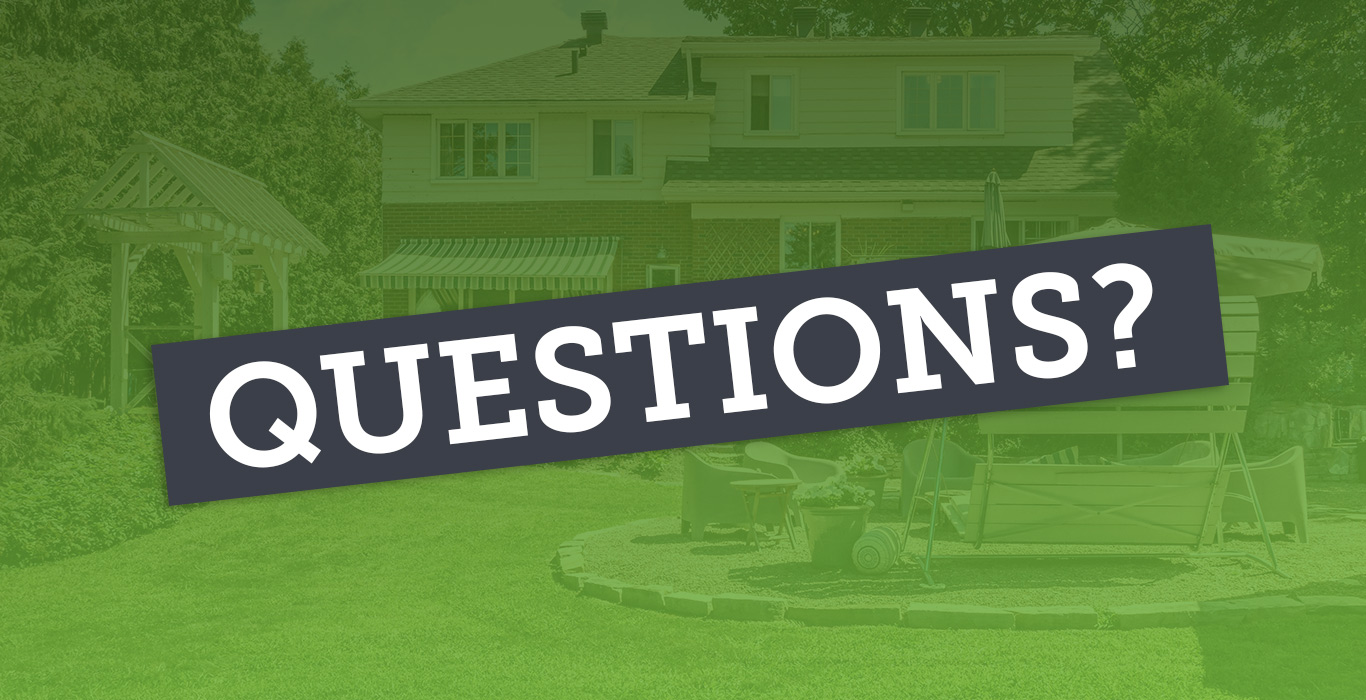What does the difference between a condos useable area vs saleable area mean to me and my client?

Video transcription
What's interesting about this is that there are certain situations, certain types of condo where the disparity between usable area and marketing area is most significant.
The Tarion Bulletin 22 contains, the area that's calculated includes all the way to the outside of exterior walls. That means if you have a corner unit, you have an additional exterior wall that you are going to pay that full width of in square footage. If the walls are a foot thick, and it's a 20 foot wall, that's an extra 20 square feet that you're going to be paying for, at whatever the square foot rate is. And if you see here in this particular diagram, you can see that where we have that concrete post in the middle of the outside there, you'll see that both the boundary line and the usable line goes roughly across the inside of that particular post. But the salable area includes it. So you're paying, if that's a three by three post, you're paying for those nine square feet and not able to use them. So, again, something to be aware of.
How does this all come together for your particular client? If you're on the buying side, if you're helping a client find a property, what you need to be aware of and make them aware of is the fact that the difference between the salable area and the usable area can be anywhere from seven to 16 percent, sometimes 20 percent. That means that if your client is looking for a thousand square foot condo, don't go and suggest to them that they buy a thousand square foot condo. You have to suggest a twelve-hundred square foot condo, or 1150 square foot condo. You're going to do the math. You've got to calculate up seven to 16 percent.
If it's an exterior unit, you're going to be calculating a little higher, right? You're going to be calculating on the 15 to 20 percent increase in the number of square feet that you need to purchase. So just to be absolutely clear here on this point, the salable area as calculated by the Tarion Bulletin 22, which is the square footage that you're going to see a condo being for sale for, when it's whether it's a brand new build or whether it's a resale, that's the value that's used.
That value can be seven to even 20 percent larger, higher, than the area that your client actually gets to live in. So you've got to help them understand and do this math. If they want a twelve hundred square foot condo, they better be buying a fifteen hundred square foot condo. If they need 800 square feet to live in, then they should be buying a thousand square foot condo or something around that particular mark.
Also note: thickness of the walls and the concrete doesn't change with the size of the condo. So from a percentage standpoint, from a relativistic standpoint, a smaller condo is going to have a greater difference between usable area and marketable area, because that three by three post doesn't shrink just because it's a smaller condo. It's still a three by three post. But if you're dealing with a seven or 600 square foot condo that's got that three by three post or a twelve square foot condo that's got that three by three post.
The relative difference is going to be much more exaggerate, far more exaggerated in the smaller condo. So beware external units, beware smaller condos for that penalty, if you want to call it that or that difference that you need to be aware of and drive that value through to your client as they're going through the buying process.












